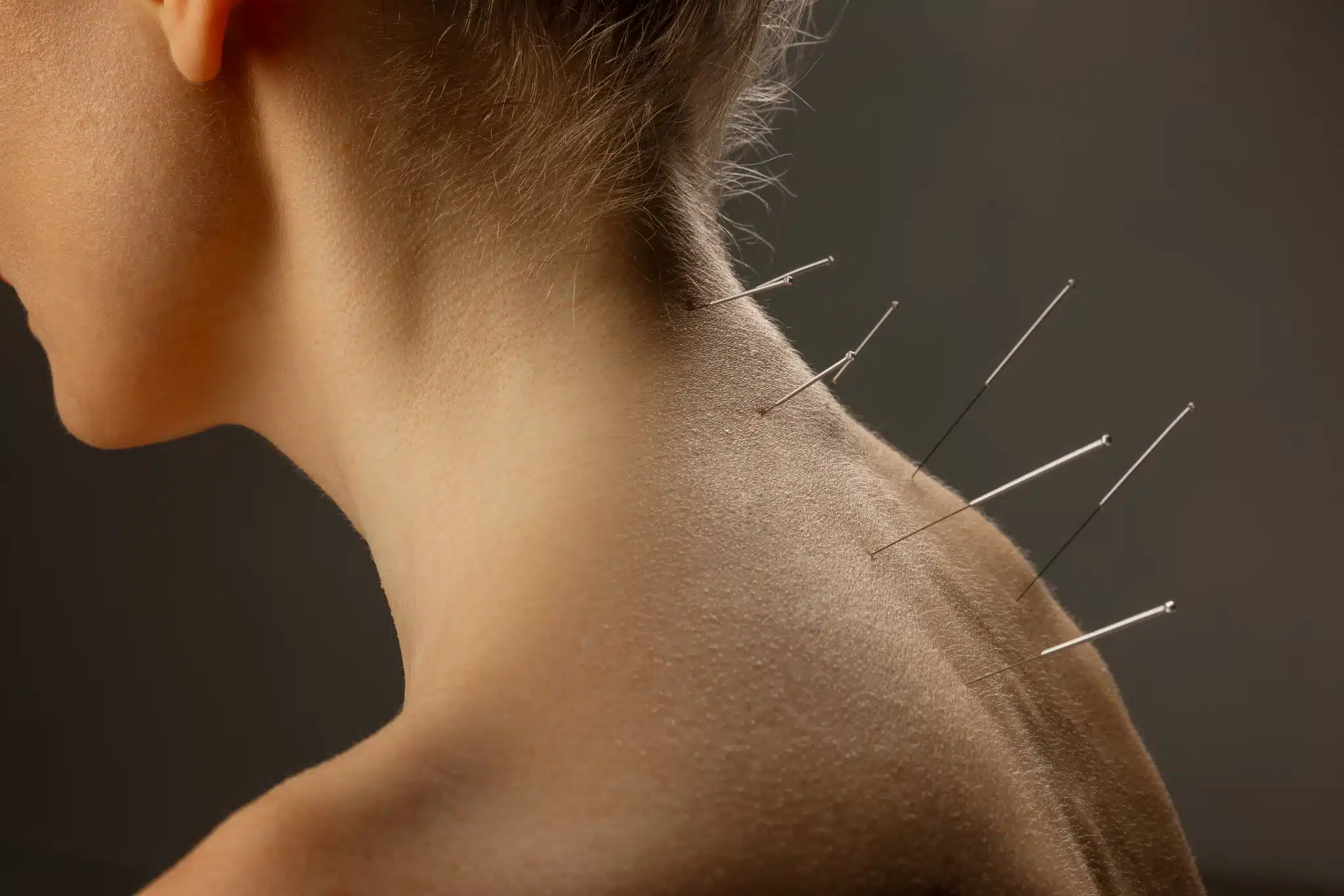Ever submitted a claim only to have it denied because you picked the wrong injection code? You're not alone. Many practitioners struggle with choosing between 20550 vs 20551 CPT codes, and that confusion costs money. These two codes might seem similar, but using the wrong one can delay payments for weeks.
Getting these codes right isn't just about following rules. It's about protecting your practice's revenue stream. Ready to master these injection codes and streamline your billing process? Contact our billing experts today to ensure your claims get approved the first time, every time.

What Makes 20550 vs 20551 CPT Codes Different?
The main difference lies in where you inject. Understanding this distinction can save your practice thousands in denied claims.
CPT Code 20550 covers injections into:
- Tendon sheaths (the protective covering around tendons)
- Ligaments
- Aponeuroses like plantar fascia
CPT Code 20551 covers injections into:
- Tendon origin points (where tendons attach to bone)
- Tendon insertion sites (where tendons connect to muscle)
Think of it this way: 20550 targets the "wrapper" around the tendon, while 20551 targets the actual attachment points.
Real-World Examples That Clear Up the Confusion
Here's how these codes work in everyday practice:
Use 20550 for:
- Plantar fascia injections
- De Quervain's tenosynovitis treatments
- Carpal tunnel steroid injections
- Tennis elbow shots into the tendon sheath
Use 20551 for:
- Trigger finger injections at tendon origins
- Achilles tendon insertion point treatments
- Rotator cuff attachment site injections
- Patellar tendon origin treatments
| Condition | Injection Site | Correct Code |
|---|---|---|
| Plantar Fasciitis | Plantar fascia itself | 20550 |
| Trigger Finger | Tendon origin/insertion | 20551 |
| Tennis Elbow | Tendon sheath | 20550 |
| Achilles Tendonitis | Tendon insertion point | 20551 |
Why Documentation Matters for 20550 vs 20551 CPT Codes
Insurance companies scrutinize these codes heavily. Your documentation must clearly state the injection location. Vague notes like "elbow injection" won't cut it.
Strong documentation includes:
- Exact anatomical location
- Whether you injected the sheath or origin/insertion
- Reason for the specific approach
- Patient response to treatment
Poor documentation is the #1 reason these claims get denied. We've seen practices lose thousands because they couldn't prove they used the right code.
Billing Tricks That Boost Your Success Rate
Multiple injection sites? Each location gets its own line item with modifier 59. Don't bundle them together.
Bilateral procedures? Use modifier 50 with 20550, but never with 20551. This modifier rule trips up many billers.
Image guidance? Add codes 76942, 77002, or 77021 when you use ultrasound or fluoroscopy.
Struggling with claim denials and want expert help managing your injection billing? Explore our specialized billing services designed specifically for holistic practitioners like you.
Common Mistakes That Cost Money
We've analyzed thousands of denied claims. Here are the top mistakes:
Wrong anatomy descriptions: Writing "foot injection" instead of specifying plantar fascia vs. tendon origin.
Modifier misuse: Adding bilateral modifiers to 20551 codes automatically triggers denials.
Missing diagnostic codes: Your ICD-10 must match your CPT choice perfectly.
Bundling errors: Reporting multiple sites as one injection instead of separate line items.

Medicare and Insurance Specifics
Medicare covers both codes but has strict rules. Some plans require pre-authorization for certain injection sites. Always verify coverage before treatment.
Reimbursement rates vary by location, but typically range from moderate to good depending on your geographic area and payer mix.
Stop Losing Money on Injection Code Errors
Mastering 20550 vs 20551 CPT codes isn't optional anymore. With insurance companies tightening their review processes, every mistake costs time and money.
The difference is simple: 20550 for sheaths and fascia, 20551 for origins and insertions. But implementation requires precise documentation and billing expertise.
Getting this right consistently means faster payments, fewer denials, and more time focusing on patient care instead of billing headaches. Don't let coding confusion drain your practice revenue. Contact Holistic Billing Services today and let our experts handle your injection billing with precision and expertise.





